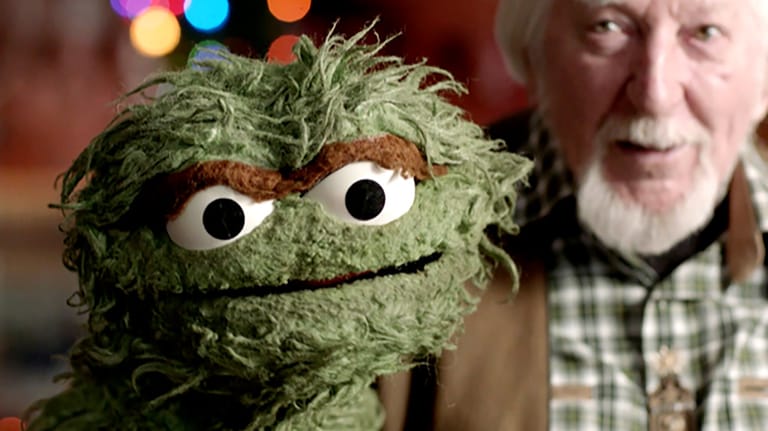It makes perfect sense that there's now a documentary about the long-running children's television series "Sesame Street." After all, there's already been a doc about the puppeteer who played the characters of Big Bird and Oscar the Grouch on that show ("I Am Big Bird: The Carroll Spinney Story"), and one about the man who played Elmo ("Being Elmo: A Puppeteer's Journey") --- while "Won't You Be My Neighbor?," Morgan Neville's 2018 film about another children's TV icon, Mister Rogers, recently became the 12th highest-grossing nonfiction film of all time.
So what took so long to make "Street Gang: How We Got to Sesame Street?" Marilyn Agrelo's film premiered at the virtual Sundance Film Festival on Saturday morning, joining this year's Sundance docs "Summer of Soul" and "Rebel Hearts" and last year's "Crip Camp" as a celebration of revolutionary work that came out of a tumultuous period in American life 50 years ago.
It's a sprawling chronicle of the public television show that decided to teach children rather than just sell to them, which means that it doesn't have the advantage of being able to focus on one compelling central character the way "Won't You Be My Neighbor?" could. Instead, it follows an array of figures who helped create "Sesame Street": TV producer Joan Ganz Cooney, who came up with the idea; writer-director Jon Stone, a central creative force in making the show who did so while battling lifelong depression; Jim Henson, a brilliant puppeteer who'd been concentrating on sophisticated adult comedy and oddball ad campaigns until he and his Muppets were dragged into the world of children's television; songwriters Joe Raposo and Christopher Cerf, who brought surprisingly sophisticated music to kids' TV; and the assorted human cast members who made the show so multicultural that Mississippi Educational Television initially refused to show it.
Agrelo, best known for 2005's "Mad Hot Ballroom," does an exemplary job of storytelling as she corrals this saga into about 100 minutes and sums up just how groundbreaking the show was. "We thought we were changing children's television," Cerf says at one point in the film. "But I don't think any of us thought, 'Oh, my God, we're changing the world.'"
At first, though, it was just a wild idea from Joan Cooney, who took note of the work of Carnegie Corporation psychologist Lloyd Morrisett on the differences in learning between Black and white children. She came up with a plan of sorts: figure out what children like to watch on TV, figure out what would be good for them to watch and then put the two together.
It was easier said than done. But with a group of television producers and writers, plus academics and educators, they created the Children's Television Workshop, which prior to launching "Sesame Street" was a real workshop. Their idea was for a show that would be specifically aimed at inner-city children, and would use advertising techniques not to sell products but to promote learning. (The Muppets helped with the learning and the entertainment.)












